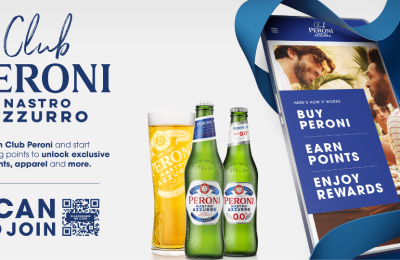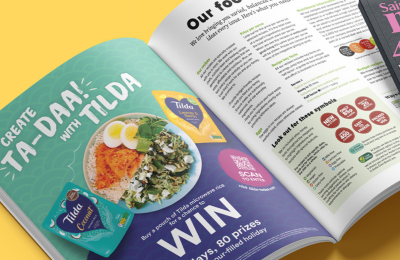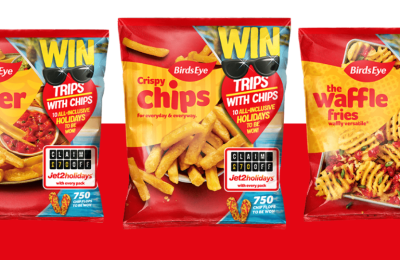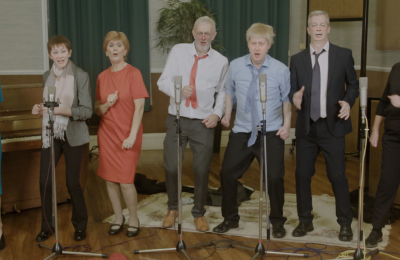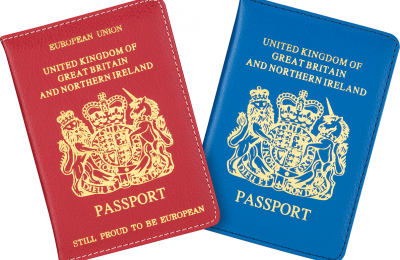Jason Waghorn, Director at VCG PromoRisk, shares how applying the principles of customer experience design can give promotions an effectiveness boost.
A sales promotion executed well is a powerful tool in your marketing armoury. It can drive footfall, trial, penetration and frequency. However, its role in driving brand engagement is often under-estimated which is crazy, as apart from consuming or using your brand, a consumer engaging with a promotion requires significant investment on their part. If you get the Customer Experience (CX) right, you reward this investment. Get it wrong and you could be do more harm than good.
By properly journey planning the CX from the outset we find we’re able to influence participation rates, control budgets, drive positive brand sentiment as well as protect against potential costly complaints.
Here are our top 5 CX design principles to get you to started:
- Reachability. Or more simply ‘promote the promotion’. Strong point-of-purchase execution is critical in ensuring there’s physical availability of the campaign, but creating mental availability is just as important to prime your audience. Using a multiple-channel strategy to support your promotion can yield powerful results. According to Analytic Partners, who tested over 3,000 campaigns, a multi-channel approach can increase campaign ROI by up to 35%. And this is something we see day in day out when reviewing redemption rates on promotions that have support behind them, with a multi-channel media strategy delivering increases in response rates of up to 80%.
- Participation convenience. Is there friction in the participation journey? In the world of eCommerce the objective here is quite simply to remove as many barriers as possible for the consumer. In the world of promotions it’s a bit more of a balancing act, however, always start with aiming to make the journey as seamless as possible. Map out the basic journey on the wall and then identify where there’s possible friction. If consumers need to type in a URL, consider a QR code. Does a consumer need to download an App? Work on making it a browser-based experience instead. Sometimes, though, the promotional budget demands the addition of some friction, such as increasing the number of purchases required to get the reward or asking for a P&P contribution. The important thing is the investment should still feel right for the potential reward, and it should never feel difficult.
- Simplicity and ease of use. Mobile internet passed desktop use over 4 years ago now so creating mobile-first experiences is a no-brainer. The one area that is often under-considered here is the humble form; a core component of most promotions. For example, use metadata to autocomplete forms. Users appreciate the time saved when websites automatically fill common fields like names and email addresses, plus it helps to reduce potential input errors. HTML 5 allows you to change the keyboard input type depending on the field: a numeric keyboard for phone numbers; having ‘@’ as a default when entering an email address; there’s even one for picking a colour. Or sometimes it can be something as simple as using a placeholder in a field, for example, the format of a unique code printed in pack. Investing time in getting the form right is a critical component in the promotional CX.
- Personalization. Brands simply don’t use data enough to personalize their promotions. Imagine you’ve downloaded a coupon to try a product for free. Wouldn’t it be great if when you get the email to download the coupon, using your post code we gave you your 5 nearest stores where it could be redeemed? Or you enter an Instant Win promotion using a code from a Salted Caramel flavoured snack and, as a thank you, you get a communication saying “we glad you enjoyed our Salted Caramel snack here’s 50p off to try our new Peanut Butter flavour”. By adding these small emotive touches you’re shaping the attitudes that drive future purchase decisions.
- Capture feedback. So, you invested the time to get your CX right and you’re over the moon with the level of participation and sales. But did you really get it right? What could you do differently next time? Send a follow-up email to participants and ask them for their feedback. What did they think of the rewards? Was the experience easy? Would they do it again? Are they more likely to buy you in the future? You can also use this as an opportunity to give your campaign one further boost by offering every user a money-off coupon.
By taking care to design the CX of your sales promotion can provide you serious incremental short and long-term gains. So next time map it out, put yourself in your consumer’s shoes and make sure the experience is as powerful as the offer.
If you would like to find out how VCG PromoRisk can help you, get in touch with Jason Waghorn at jason@vcgpromorisk.com



